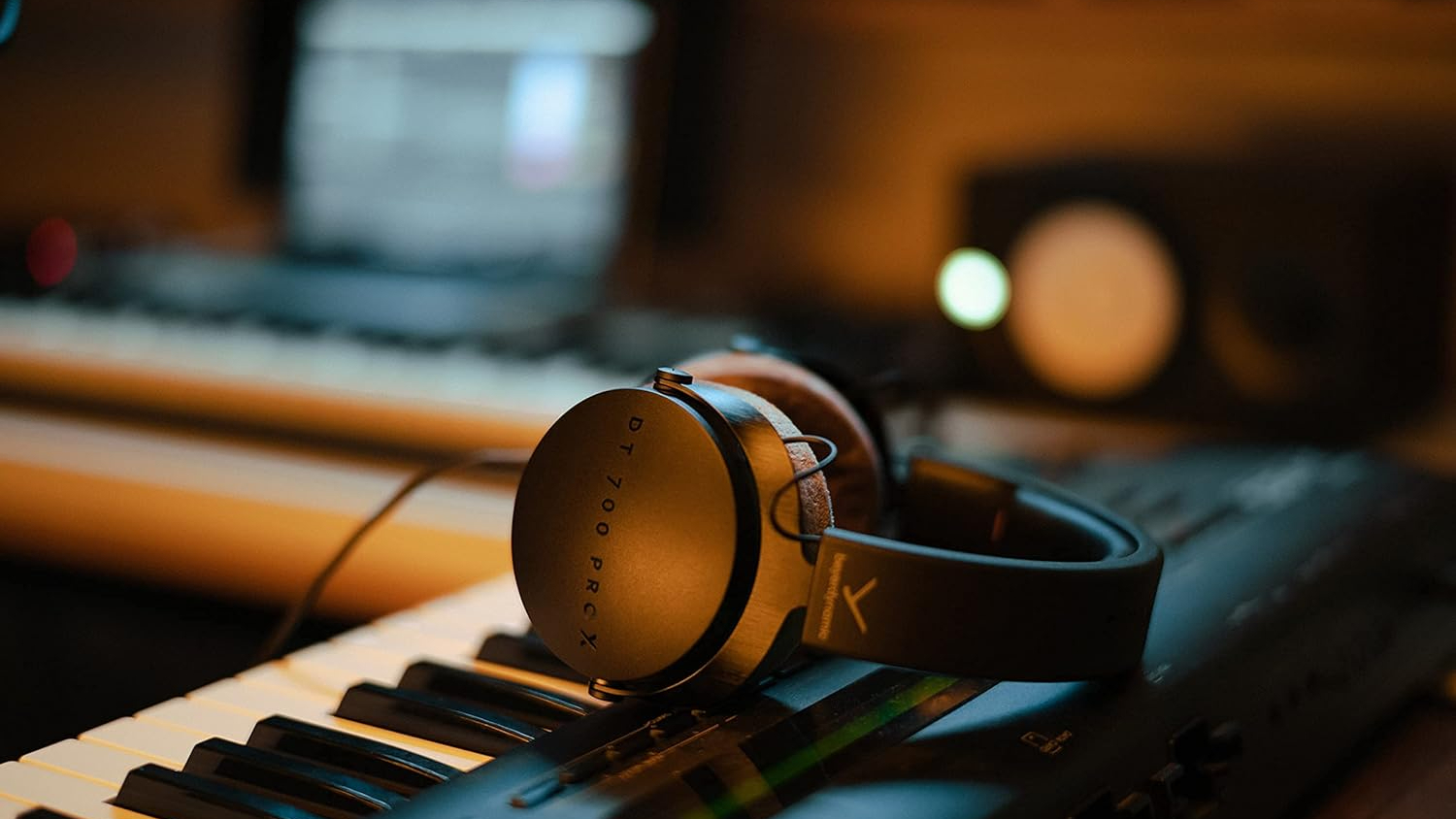
Its microphones were used for The Beatles' 1966 German tour "Blitztournee"; the likes of Elton John, ABBA, David Bowie, Stevie Wonder, Taylor Swift and Paul McCartney all sang into them and/or used its studio headphones; and every media site at the 1988 Olympic Games in Seoul was equipped with its headsets. It played a pivotal role in getting personal listening off the ground, and today it’s behind some of the world’s most iconic and acclaimed headphones in both the pro and consumer space. We are, of course, talking about Beyerdynamic, which over the past century has been – and still is – a true heavyweight in the music world.
What started out as Eugen Beyer’s ‘Elektrotechnische Fabrik Eugen Beyer’ cinema loudspeaker manufacturing company in Berlin in the early 1920s soon evolved into the brand we are familiar with today. The public broadcasting and radio revolution spawned its expansion into headphones in the 1930s, and then came the microphones for which they are now just as well renowned.
As the German brand celebrates turning 100 years old in 2024 – in the same building in Heilbronn, Germany where it has spent the past 64 years, no less – we’ve picked our nine headphone highlights from its century-spanning catalogue, plus a non-headphone (or microphone) bonus entry...
DT 48 (1937)
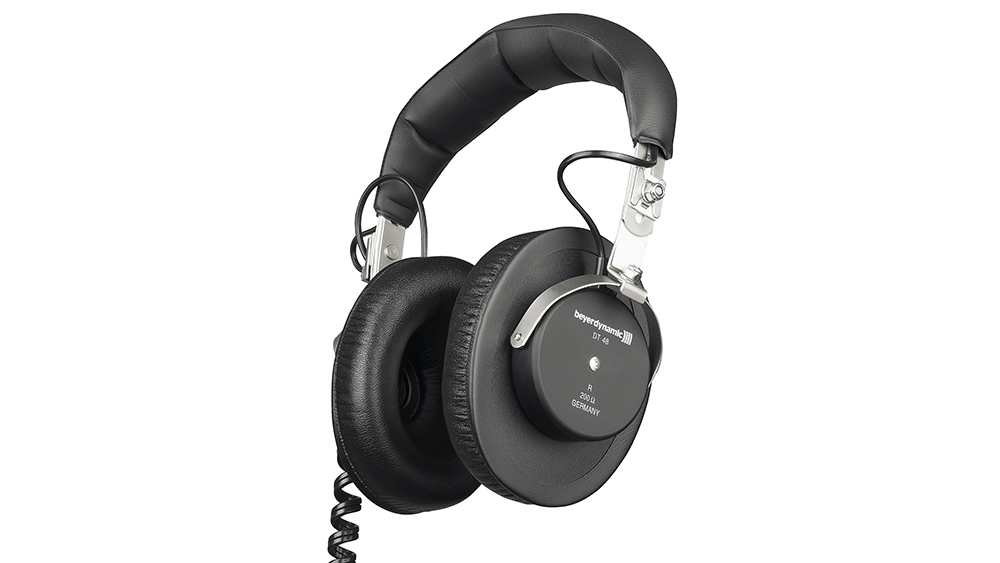
That the date range on a headstone for Beyerdynamic’s first-ever pair of headphones wouldn’t look out of place in a graveyard shows just how successful they were. Indeed, the DT 48 remained in production for 75 years (with a short pause during WW2 when the company’s factory and machinery were blown to bits), surely making them history’s longest-running headphone. They saw ‘Elektrotechnische Fabrik Eugen Beyer’, as the company was called then, expand from cinema loudspeakers into the headphone market, and kickstarted the ‘DT’ (‘Dynamic Telephone’) line that would become as synonymous with the brand as its German roots.
The DT 48 had claims to another poignant ‘first’, too, being the first headphones widely available for personal listening (before this, headphones were predominantly used in the military and for broadcast). Their sound quality was lauded right up until they were discontinued in August 2012 as being fast, controlled and highly detailed (though lacking in bass body and extension), and they are still praised today for having been way ahead of their time. Why are they no more, you ask? The "very special" material used for the diaphragm ceased to be available.
DT 880 (1980)
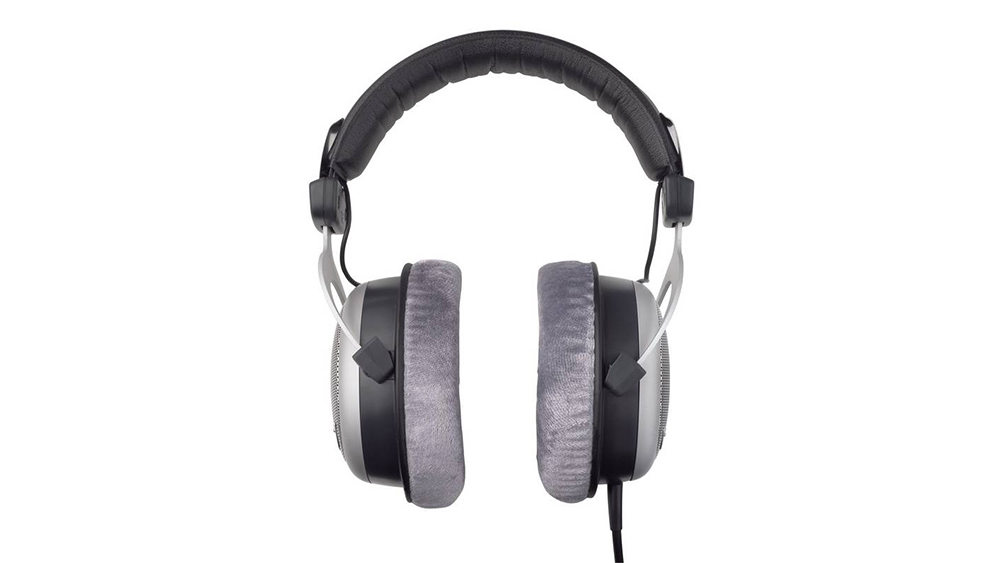
Following the development of the company’s first (and, as it would turn out, last) electrostatics (the ET 1000) the decade prior, the DT 880 were marketed as the first dynamic headphones able to compete with electrostatics – clever – and this ‘80s model's lofty numerals reflected their lofty position at the top of Beyerdynamic’s line, which is where they sat until the open-back DT 990 eclipsed them as the professional references in 1985.
You needed some power and grunt to drive this 600-ohm impedance pair, which soon became available in additional ‘Studio’ and 'Monitor’ versions with slightly different materials and frequency responses. Considering the longevity of this model, it’s not surprising that it is now available with 250-ohm (since the ‘90s) and 32-ohm (since the noughties) impedances too.
Their “semi-open” design, as Beyerdynamic referred to it, was more than semi-leaky, but that construction made for a sound that combined soundstage spaciousness with low-end solidity. Throw in class-leading resolution and you had a high-end headphone that held the same prestige as the popular AKG K701 and Sennheiser HD650.
DT 770 Pro (1985)
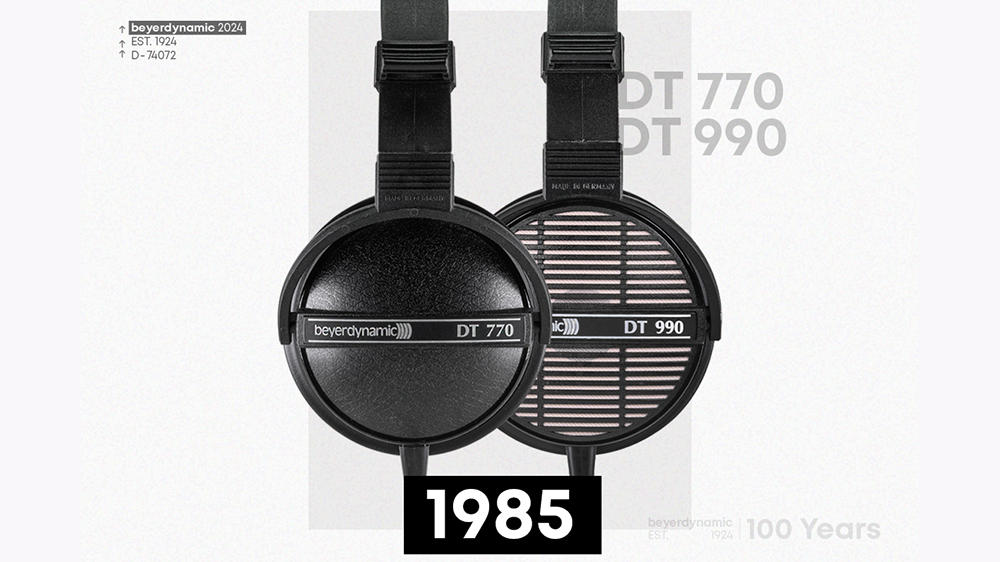
The most famous Beyerdynamic headphone; a global German icon close behind Beckenbauer, pretzels and Oktoberfest; a music studio furnishing as common as a microphone (probably also by Beyerdynamic) – the DT 770 Pro have been a musician’s best friend for almost 40 years.
These studio classics arrived five years after the DT 880 and confirmed the reputation of Beyerdynamic headphones as studio legends, which at that time was first and foremost founded on the success of the DT 100 in 1965. Their ‘diffuse-field’ frequency response aimed to mimic the flat, room reverb-inclusive response you’d get from speakers, while their closed-back and advanced bass-reflex design (introduced in 1981’s DT 660) delivered taut, deep bass. The result? An almost unanimous opinion that Beyerdynamic had delivered something sensational for their $300 (around $850 in today’s money) asking price.
It’s little surprise, then, that Beyerdynamic has chosen this iconic model for its 100-year anniversary product launch, the DT 770 Pro X Limited Edition, which updates the beloved design with the latest driver technology used in some of our favourite Beyerdynamic headphones today, the DT 700/900 Pro X (below).
T1 (2009)
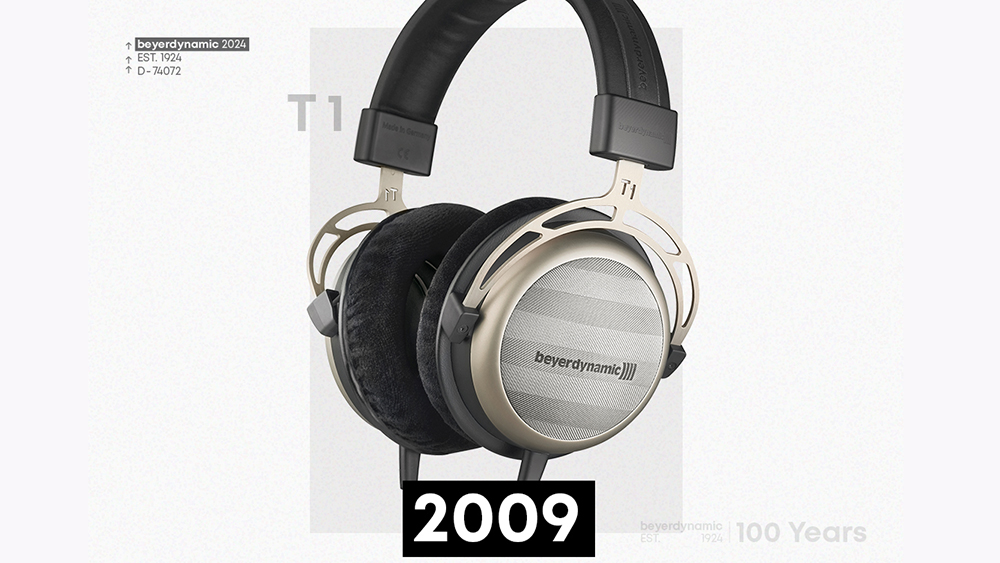
The T1, now in their third generation, feel like an old friend. It’s been well over ten years since we were first acquainted with those slipper-comfort earpads and remarkable resolution, and while pack-leaders like Grado and Sennheiser were all producing premium headphones in the early noughties, Beyerdynamic’s T1 would soon have the acclaim to back themselves against any rival in an audiophile poll.
The originals were supposedly the first to break through the one-tesla barrier of magnetic induction (hence, ‘T’ is for ‘tesla’), with that high magnetic flux density a key reason for their class-leading dynamic expression, which was complemented by exceptional bass, insight and control. Their semi-open enclosure wasn’t as leaky as some rivals, and those velour ear pads were like big bear hugs for your lugs.
The sequels that arrived six years later made gains in transparency and low-end weight, putting them in the same class as the legendary Sennheiser HD800Se of the time, while the current third-gen model made headway in clarity and cleanliness, smoothed out the top-end a little and became easier for ‘everyday’ sources to drive courtesy of an impedance switch from 600 ohms to 32 ohms.
T5p (2010)
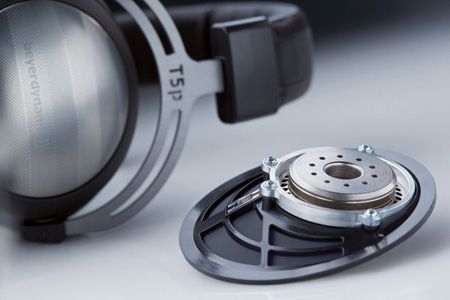
Take one glance at the image above and the headphones in view might scream anything but portable to you. But with a slightly less bulky structure than the likes of the T1, a closed-back design, and a 32-ohm impedance that would work well with the iPods of the time, ‘portable’ was how they were marketed (guess what ‘p’ stood for?) and often described.
Despite being closed-backs, the T5p had a surprisingly open-feeling presentation that we described as “remarkably spacious”, and our praise didn’t end there. Having scribed that they had “plenty of punchy bass to liven up any track”, that they followed “the success of the T70s [their predecessors] in continuing to be brilliant with the midrange” and that they were “the best closed-back headphones we’ve heard at this price”, we concluded that Beyerdynamic had pulled off the combination of high-end and portable very well indeed.
T51p (2013) / T51i (2014)
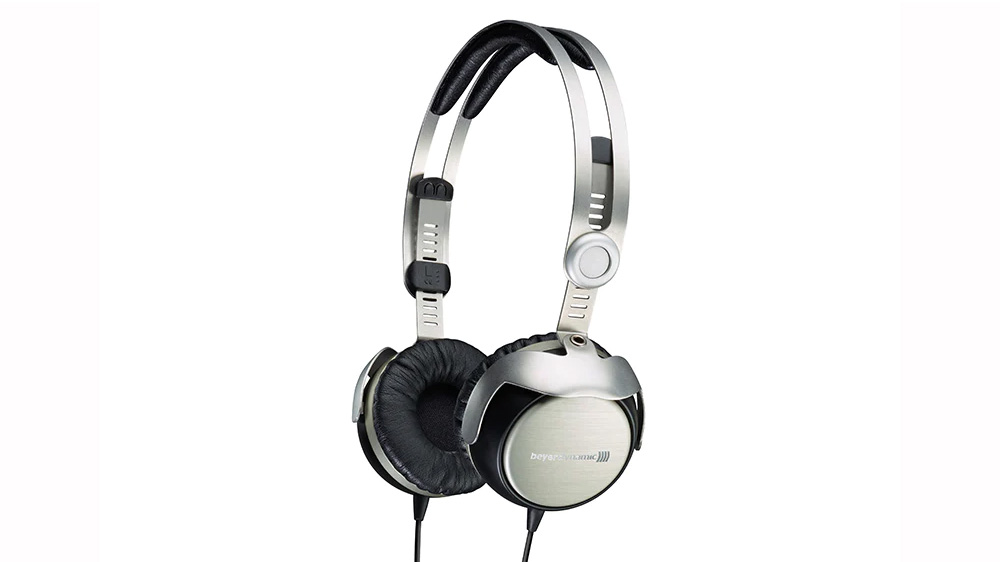
It’s a tough toss-up between these successive generations of T51, a model that showed over many years that you could get oodles of detail, expressive dynamics and impactful punch from a super-slender, lightweight form factor.
It’s hardly surprising that these portable wired on-ears have now been left in the past – the wireless world simply doesn’t have room for many of their ilk now – but in their day they were everything sound-focused on-the-go headphones should be: compact but solid, functional but elegant, precise yet punchy. The Sennheiser Momentum’s similar proposition looked more stylish than the T51’s skeletal, “industrial chic” (as we called it) look, but what they lacked in relative beauty they made up for in extra transparency and precision.
The T51p’s downfall was that it didn’t have an in-line remote (nor did its Award-winning predecessor, the T50p), though the T51i righted that wrong to complete an otherwise faultless package, scooping a What Hi-Fi? Award for its troubles. So maybe we do have a generation preference then.
Amiron home (2016)
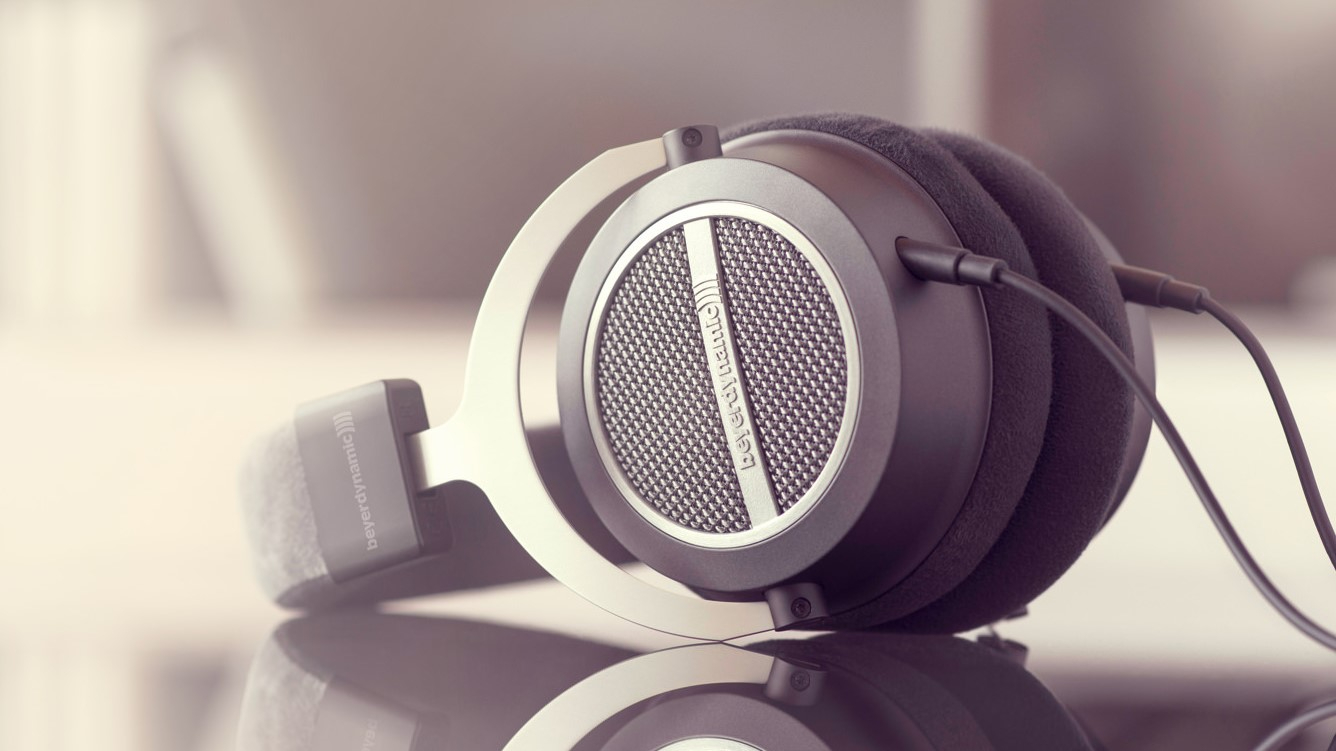
We aren’t sure why Beyerdynamic broke from its number-naming tradition for its Amiron home headphones, nor do we know what ‘Amiron’ refers to here exactly, but there’s no mistaking the reasoning behind their name’s ‘home’ part. Indeed, these were designed not for the studio or commutes. Their physicality somewhat gives that away, what with their size and open-back (leaky) design, as does its supplied three-metre 6.3mm audio cable when you reach the box’s contents.
That they won six What Hi-Fi? Awards on the trot goes a fair way to proving just how good they were at the price point significantly below that of the company’s T1 and T5 models, and explaining why they became firm favourites at this level alongside the likes of Shure’s great-value SRH1540. “The level of transparency and range that the Amiron provide means that, if you put high-quality sound into it, you’ll get high-quality sound out of it,” noted our review.
The Amiron went closed-back and wireless in 2018, too, cutting the chord and bunging up the sound leakage and ultimately offering one of the finest wireless performances there was, thus adding to Beyerdynamic’s haul of five-star merits. In fact, if you’re looking for Bluetooth over-ears predominantly for the home or garden, and portability or noise cancellation isn’t high on your priority list, the Amiron Wireless remain up there with our finest recommendations.
DT 900 Pro X (2021)
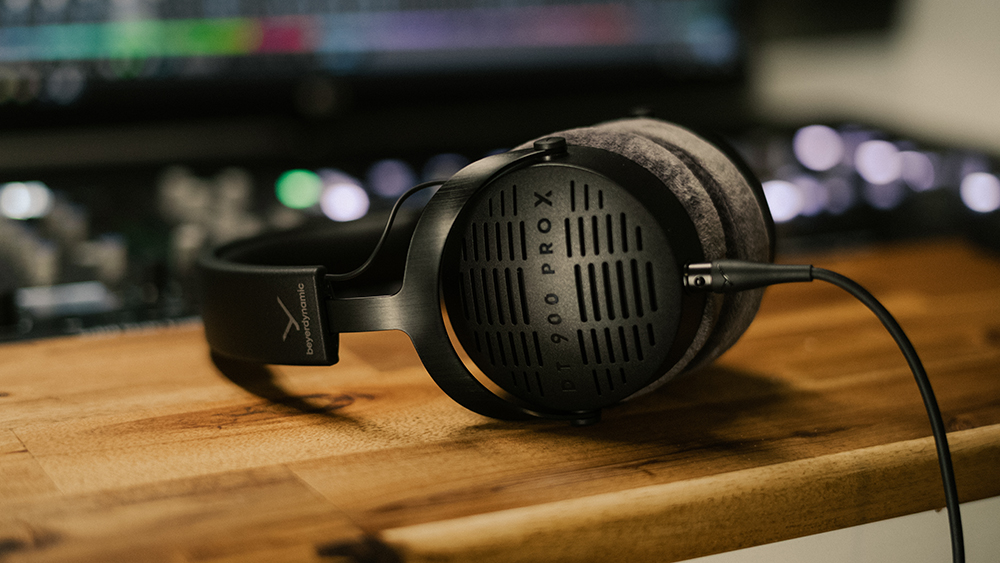
The most recent entry on this list shows that Beyerdynamic is still alive and kicking in the studio space, and not just with its microphone business. Its DT (hello again) 900 Pro X and open-back DT 700 Pro X siblings were marketed within the professional/studio space as ‘for creators’, but those who are no more creative than a warehouse robot aren’t exempt from hearing these headphones’ talents. Just like Bruce Springsteen, who recorded Nebraska in his bedroom, they work as well in the home as the studio – and even plugged straight into a phone or MacBook (though a modest DAC pairing certainly isn't beyond them).
As we said in our review, they “fulfil their 'studio' brief by delivering all the resolution, stability and control required to dissect a recording, but at the same time manage to convey the emotional impact of the music as well as anything we’ve heard at this level”. Beyerdynamic seems particularly proud of the Stellar.45 driver it developed for them in its Heilbronn headquarters – it uses a layered Peek polymer diaphragm, with a damping material sandwiched in between, and a Neodymium motor system. Chances are we’ll see it in further Beyerdynamic releases.
Byron (2017)
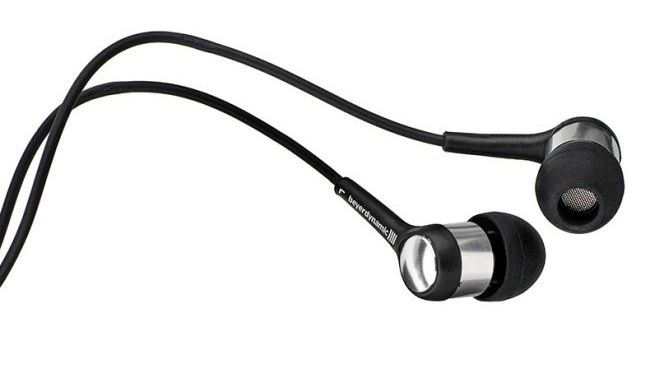
Beyerdynamic’s accolades aren’t just in wired home headphones, mind you – far from it. The Byron was one of its many successful pairs of earbuds that spanned the budget spectrum. This was a more affordable model and saw the company return to the budget in-ear headphones market with aplomb, winning our ‘Best in-ear headphones under £50’ Best Buy Awards in 2017 and 2018.
Beyerdynamic’s long and illustrious career in the headphones market shone through the Byron, which demonstrated, to quote our review, “a level of heft and control to the sound that you don’t tend to hear with budget in-ears”. Such was their insight and punctuality that they ended the SoundMagic E10’s five-year winning streak… even if the E11 would come along in 2019 and snatch back the crown.
We should also give a nod to the Bluetooth versions, the sensibly named Byron BT, that arrived alongside them and too won a What Hi-Fi? Best Buy Award for their class-leading performance in the budget field.
A1 (2007)
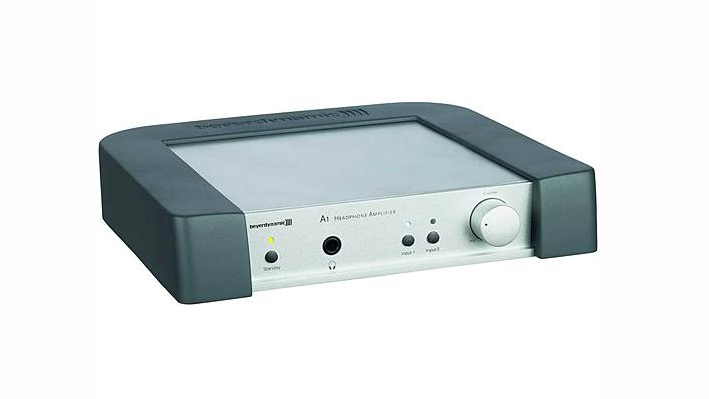
And a bonus pick because we couldn't help ourselves: the A1 headphone amplifier.
Head to the headphones accessories section on Beyerdynamic’s global website today and you’ll find various cables, earpads and carry cases, plus of course that branded drawstring copper thermal mug Beyerdynamic fans have been screaming out for. What you won't find are any headphone amplifiers, which is a shame as the company’s former efforts were very good indeed – particularly the A1.
Yet another What Hi-Fi? Award winner in its day, the A1 was an ideal partner for Beyerdynamic’s premium headphones, such as the T1 and T5 models featured above, with unprecedented levels of crisp, defined detail, heaps of power with as much control, particularly impressive bass, and a nice tonal warmth for a solid-state design. “If you want to hear every last nuance of sound from a recording, we haven't come across a better way of doing it than this Beyerdynamic combination,” we said in our combo review of the A1 and T1. And we weren’t the only fans of it by far!
MORE:
See our Beyerdynamic reviews
Beyerdynamic cuts the cord with its first pair of wireless gaming headphones
The best wired headphones you can buy





!["[T]he First and Fifth Amendments Require ICE to Provide Information About the Whereabouts of a Detained Person"](https://images.inkl.com/s3/publisher/cover/212/reason-cover.png?w=600)

